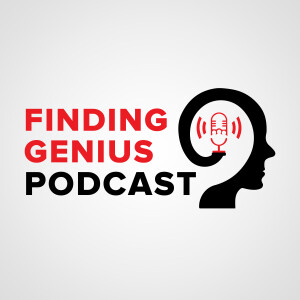
Parasitioid Wasps: Michael R. Strand Talks Insect Physiology Worthy of Alien Film
 2021-04-28
2021-04-28
That scene of an alien invader exploding from another life form's chest might be happening in your backyard. Entomologist Michael Strand says that, "virtually every insect on the planet is parasitized by some parasitoid wasps." He explains how this ubiquitous wasp has been so successful for millions of years through its evolved insect anatomy and physiology.
Listen and learn
- How common parasitoid insect activity is, but also how diverse,
- How some species have endogenized viral particles in their genes and genetics that enable them to affect their host's behavior, and
- How they are used as biological control in pest management, taking advantage of the ecological role of insects to curb harmful pest populations.
Michael R Strand is the H.M. Pulliam Chair at the University of Georgia and professor in the Entomology Department. He specializes in insect physiology and tells listeners about the life cycle, variety, and research interests around parasitoid wasps.
There's a basic pattern most of the wasps follow: the female lays eggs in another living organism, usually but not always an arthropod. The stage of the organism can vary from pupal to adult and the activity of the emerging wasps can differ by what part of that organism they eat, the behavior the wasp sting may induce, and when they emerge from their host.
Especially intriguing is the role of viral particle DNA in what these wasps can actually accomplish. Strand says that, "in effect, the parasitoid is using an ancestral virus to be able to successfully parasitize the host that it develops in." Through stings and vertical gene transfer, the wasp induces certain behaviors and conditions in its host, such as paralysis or even specific movement that benefits the wasp progeny. He explains how these polydnaviruses became associated with the wasps and what questions he and other scientists are still working on answering.
Listen in for more about how these specialized wasps engage in a complex and fascinating life cycle and where applications from this knowledge might lead.
Episode also available on Apple Podcasts: apple.co/30PvU9C
More Episodes
 2024-04-09
2024-04-09
 2024-03-30
2024-03-30
Create your
podcast in
minutes
- Full-featured podcast site
- Unlimited storage and bandwidth
- Comprehensive podcast stats
- Distribute to Apple Podcasts, Spotify, and more
- Make money with your podcast
It is Free
- Privacy Policy
- Cookie Policy
- Terms of Use
- Consent Preferences
- Copyright © 2015-2024 Podbean.com





